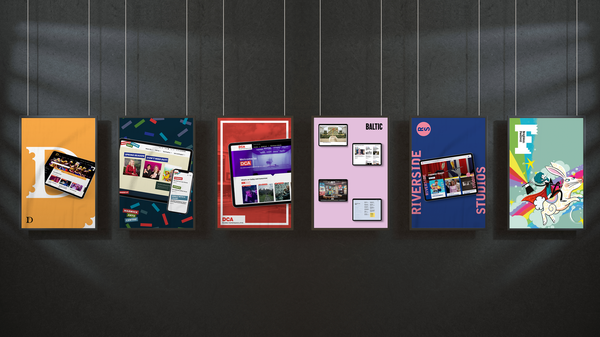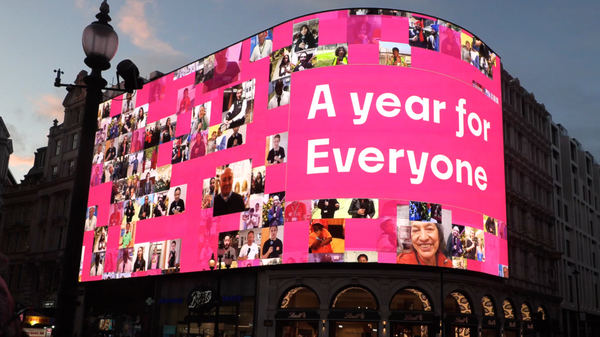The ESA’s Accessible Games Initiative - What You Need to Know

At Grandad, we believe accessibility isn’t optional — it’s essential. From the brands we shape to the websites we design and build, we create digital experiences that meet WCAG 2.2 standards. Every element of our work is considered with accessibility in mind; it’s important to us, and it should be to you, too.
That’s why it’s great to see the gaming world taking a big step forward, and why we’re discussing it this GAAD (Global Accessibility Awareness Day). The Entertainment Software Association (ESA), together with major publishers like Electronic Arts, Google, Microsoft, Nintendo of America, Sony Interactive Entertainment, and Ubisoft, has launched a new initiative to standardise accessibility in video games. They’ve since been joined by Amazon Games, Riot Games, Square Enix, and Warner Bros. Games.
So, where do we come in?
At Grandad, we don’t make games — but we do work with video game publishers and developers to design and build websites that reflect the quality and innovation of their work. And just like in game development, accessibility is a crucial part of what we do.
There are real parallels between the standards being set out in the ESA’s initiative and the standards we work to every day. Whether it’s ensuring colour contrast meets thresholds, menu design, or building in keyboard navigation, the standards we follow help us make digital spaces that everyone can use, and we’re excited to see game developers experiencing this benefit too.
What do you need to know?
24 tags have been released, which cover areas of accessibility throughout the game, as informed by gamers with accessibility needs. These tags are optional to add to your game; adding them will clarify that your game meets that requirement, such as colour alternatives. The tags you add will be visible on digital storefronts, product pages and digital catalogues.
Why should I use them?
A large proportion of people have access requirements; all of these people are potential customers. It’s simply good business - and good manners - to meet the requirements of these people and allow them to play your game.
That answers why your game should be accessible, but why should you use these tags to promote your accessibility?
- The tags were developed with insight from players with disabilities, accessibility advocacy groups, and game development teams
- They provide detailed descriptions of how to meet each requirement, guiding you towards accessibility
- To build trust, audiences with access requirements can trust that your game will match their needs. This means they’re more likely to play your game than another game that cannot guarantee these needs are met.
- Even if you are early in your accessibility journey, disabled players will appreciate the transparency and effort from you to familiarise yourself with these tags.
Conclusion
As more people understand the importance of accessibility, it is great to see initiatives like this standardising the practice of making a game playable by all. With clear steps to take and a new opportunity to build trust with your audience, familiarising yourself with this initiative is a no brainer.
While you’re on your accessibility journey, it may be time to consider upgrading your website or branding to be more inclusive, while still being sure it will deliver.








